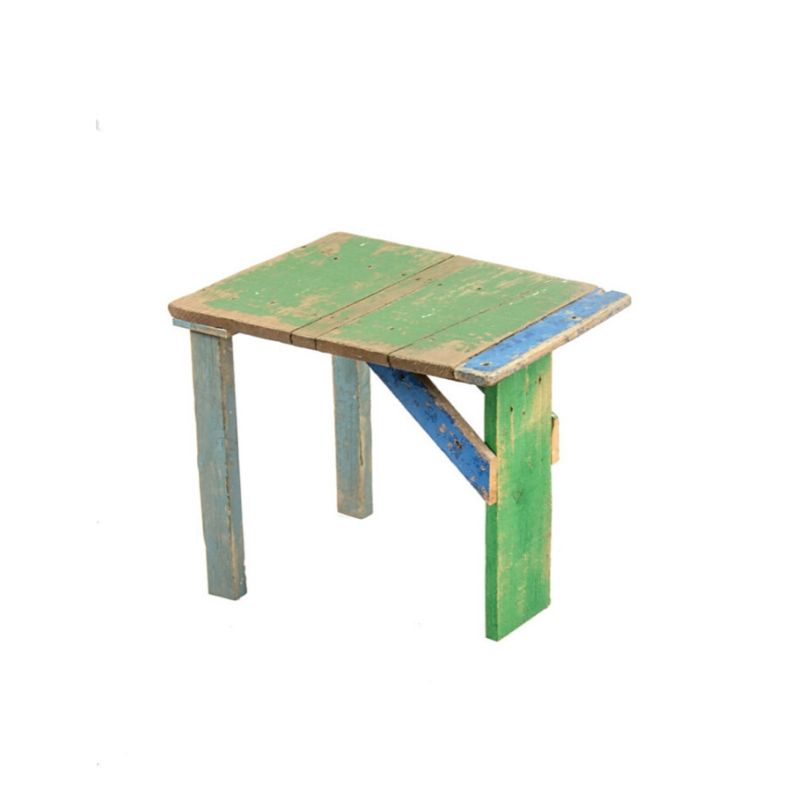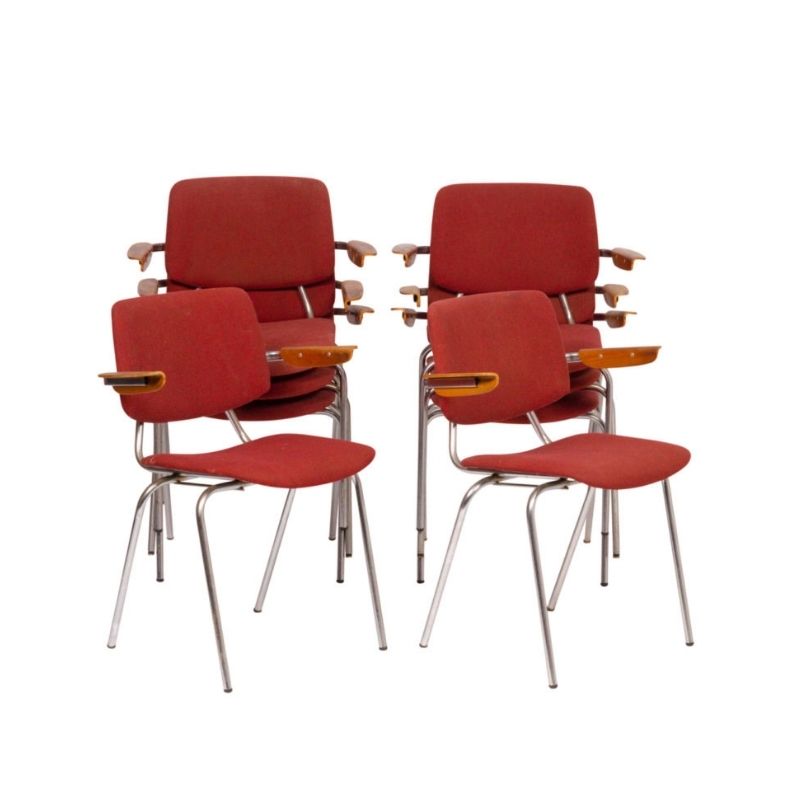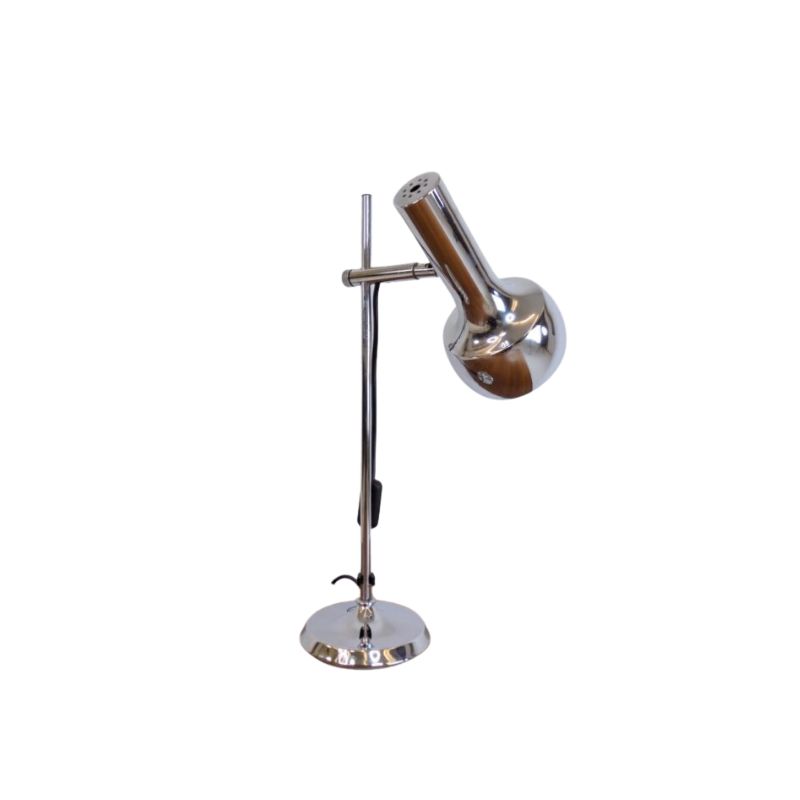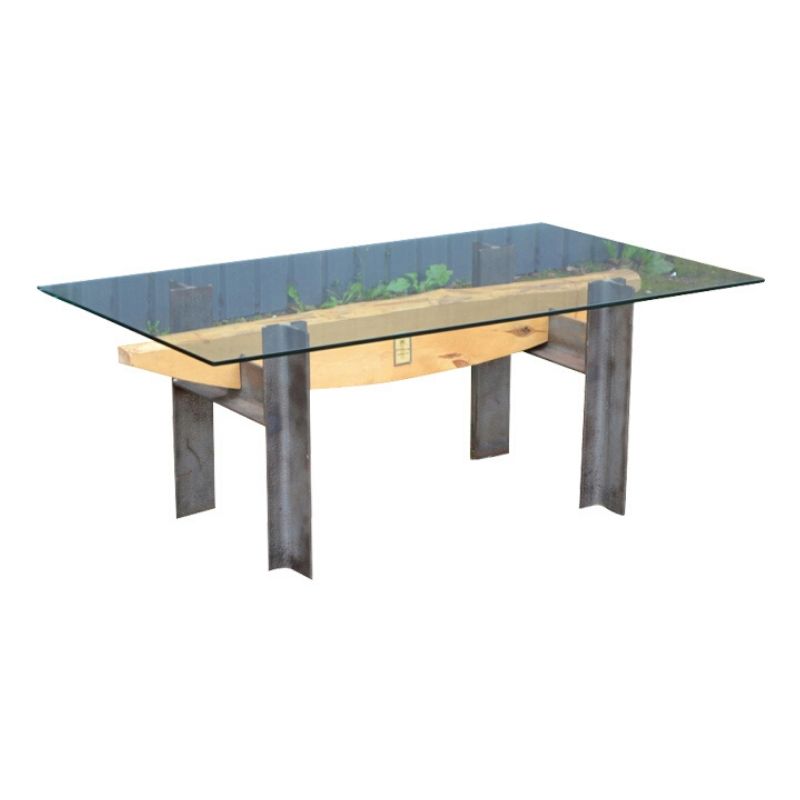As seems to be the case more often than not these days, I picked up a Lane Acclaim 28" round side table this past weekend that I really do not need. However, the price was too good to pass up and most of the wear/tear seemed correctable.
While I was reconditioning the wood, I was able to unscrew the lower disk shelf from the legs. Unfortunately, it did not appear that the legs themselves were designed to be unscrewed (or removed easily) from the table top. What is the best way to correct the loose joints at the "hips"? The two options I am currently considered are 1) Veritas Chair Doctor, which I have not used before, and 2) trying to separate the table top from the legs via mallet.
I have damage concerns about the latter as I am not sure of the construction of these joints. All four legs are quite loose and wobble around in the socket, but when I tried removing them using a little stronger hand pressure, I felt that the tenon was close to failing.
Also, as a bonus question, during the wood reconditioning process (with Restore-a-Finish), I think I have a bad wood reaction that I hadn't experienced before. Some worn veneer spots on the lower shelf (not visible in photos) appeared to have turned black upon contact with the Restore-a-Finish. If this doesn't make any sense, perhaps there was some walnut-colored masking agent already over these marks, which was removed by the solvent. In either case, what is the best approach to mitigate the appearance. My current consideration is to treat with oxalic acid, which I have not used before (or yet own), then touch up with walnut stain as required. Would household bleach provide the same chance of removing or lightening the marks?
Thanks. 

After you were able to remove the shelf,
the legs wouldn't come out of their mortises even though they are loose? Assuming the tenons and mortises are round, it would seem that some twisting and pulling should free them. I just can't imagine Lane using a blind-wedge joint on these. Just make sure there isn't a fastener like a little nail or brad driven into the joint diagonally. Sometimes, these can be hard to see. If there is, you'll need to extract it somehow.
With the table inverted, try squirting some hot water into the joint and let it sit for a while to soften any glue residue. Blot excess with a towel and repeat this step as necessary until it comes free. Some restorers will even drill a hole diagonally into the joint and rig a kettle with a tube to inject steam directly into stubborn joints to loosen them. Keep trying hand pressure - twisting and pulling. I'm not sure that whacking it with a mallet is the answer.
Usually, the best approach to repairing a loose mortise and tenon joint is to disassemble it, remove as much old glue as you can, adjust the fit with wooden shims if necessary, and reglue. That's the best you can do. I've never bought into those "chair doctor"-like products that promise to permanently fix loose joints by "penetrating" the wood and "swelling" the fibers. It's marketing hooey as far as I'm concerned.
Some might recommend "super" type instant glues and epoxies for lasting repairs, but those are basically irreversible once applied and make any future repairs practically impossible. Regular yellow wood glue is fine and I only use hide glue on valuable pieces.
As for the discoloration, that is puzzling. Perhaps give it a couple of days to dry out completely to see if that helps. In the meantime, maybe post a pic or two so we can better see what's going on?
I've taken apart scads of Lane tables...
...and the legs are joined to the tops by a simple mortise and tenon - no blind-wedge joints or little nails. I am usually able to separate them by jiggling them by hand. Occasionally I've taken a rubber mallet to them. They're built like tanks and nothing really fazes them. If you're having trouble loosening the glue, try putting vinegar on the joints and letting it sit for a little while. I don't care what anyone says, I love these acclaim tables. Good luck. Let us know how it goes.
Now that
Titebond is made in two "waterproof" versions as well as the original water-solubale, it becomes necessary to distinguish them before recommending their use -- it seems to me.
A carpenter of my acquaintance -- a builder, really -- bought the glue applicator made for biscuit joinery -- and filled it with Titebond II. It was a long time before that applicator was able to be used again, and only after the narrow glue passage had been mechanically excavated.
Thanks for all good replies.
I was able to figure out the leg issue last night, and the construction of the table was the cause of my confusion. The core of the table is particle board (with thin walnut veneer on both sides). It appeared that the leg joints were loose not because of glue failure, but rather failure of the particle board surface of the mortise. This resulted in bits of wood and glue moving with the solid wood tenon, creating almost a literal ball joint that allowed a small amount of rotation but not easily pulled out.
The solution was careful jiggling and rotary motion of the legs to further loosen the rim of the socket and allow the leg to be removed. These motions created a creaking sound of wood grinding on wood, which was what I had incorrectly thought was the tenon close to failure earlier. Three legs came off cleaning, but unfortunately a lost a chunk of particle board and some veneer chips around the socket of the fourth leg. Should be an easy glue and clamp fix though.
Now that the legs are off, cleaning and regluing the joints (with original titebond) should be fairly straightforward.
I've attached photos below, as well as the mysterious dark/black marks on the lower shelf. The veneer wearing can be seen a little in the close up shots.
Huh... those black marks are weird.
They weren't obvious before you treated the shelf with Restor-A-Finish?
It really looks as though there could have been some sort of chemical reaction that caused the damage and that it ate away the finish and even some veneer. If it was corroding iron, then oxcalic acid might lighten the stains, but it almost looks like you'd still need to either patch or fill and inpaint each area of loss.
I unfortunately did not pay...
I unfortunately did not pay close attention when the black spots appeared to absolutely know whether the Restore-a-Finish caused the spots, or simply dissolved/removed a patched painted area that was previously covering the spots.
I think it was the former. I have used this product numerous times in the past and never encountered this or any other problems with it. Neither the can nor website talk about the components in it except to say there's solvent and a little stain.
I tried scrubbing some Clorox bleach on one area last night. It didn't seem to have much effect. I guess I'll order some oxalic acid and try that next. I went to Home Depot and Lowes' last weekend, but neither one carried either the pure form or Savogran Wood Bleach.
If that fails, the last option would be to go to hard-core bleach which removes the actual pigment from the wood itself, then stain to match adjacent walnut.
restor-a-finish components
Are listed in the MSDS, here:
http://www.howardproducts.com/resources/msds/Restor_A_Finish.pdf
Exchanged a few e-mails with...
Exchanged a few e-mails with a Howard's tech support guy today, and they have never come across this issue. He seemed convinced it was burn marks, until I explained that the marks appeared before my eyes in 3-4 seconds, and match the angle to which I was rubbing the steel wool (parallel to the grain). Even if I hadn't seen it, the marks correspond to worn areas in the finish and are not consistent with any burn marks I've seen.
He said he would forward my case to their in-house chemist to see if it rang any bells.
Once again, the actual damage to the table is not that critical for me as I got it for a very good deal. I just don't want something like this to happen to a more valuable piece in the future.
Oxalic
I just used oxalic acid for the first time on a veneered desk top. The owner of the desk said something had spilled on it years ago, he hadn't paid much attention to it, but now finally wanted to sell it. We stripped off the old finish, sanded down a bit. Then we used the oxalic acid on the entire top (so as to not only bleach a portion, but rather the whole thing). We applied it twice and triple rinsed after the second application. The first seemed to lighten it a great deal. The second nearly done. After the rinse and a day of waiting the black stains were removed. We then applied a natural teak oil stain and the marks are not visible.
I can't speak to your specific circumstances, but I can share the above from last week's project.
Update
I finally received my oxalic acid through the mail (Dalys from Striven, via Amazon), and tried it out on the stain this past weekend.
I whipped up a fairly small batch in a plastic cup and applied it onto the stained area with a toothbrush (after removing the lacquer finish with Citristrip). I did two ~1hr soaks, back-to-back, and it removed most of the stain. Some walnut veneer around the stains was also lightened, but a quick light sanding seemed to smooth everything back out. While the stain is not completely removed, it is good enough for the lower shelf (see photo below). No touchup staining was done. Since the oxalic acid did the job, I am therefore assuming that the black stain was some type of tannin reaction with iron, somehow triggered by the Restore-A-Finish.
After refinishing the lower shelf, I reglued the legs back on the table top with TB1(lower shelf is screwed to the legs), and it is back to being a sturdy solid table once again. Since the table looks the same as the original photo in the post, I did not add a new overall shot.
Thanks for all the help.
If you need any help, please contact us at – info@designaddict.com









